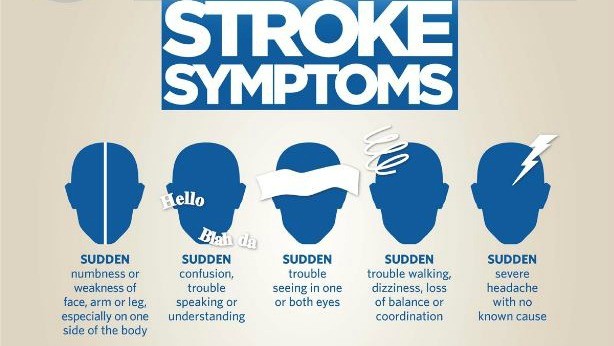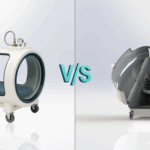Stroke (or cerebrovascular accident (CVA)) is the clinical designation for a rapidly developing loss of brain function due to an interruption in the blood supply to all or part of the brain. This phenomenon can be caused by thrombosis, embolism, or hemorrhage.
Stroke is a medical emergency and can cause permanent neurological damage or even death if not promptly diagnosed and treated. It is the third leading cause of death and the leading cause of adult disability in the United States and industrialised European nations. It is predicted that stroke will soon become the leading cause of death world-wide.
The symptoms of stroke can be quite heterogeneous, and patients with the same cause of stroke can have widely differing handicaps. Conversely, patients with the same clinical handicap can in fact have different underlying causes.
The cause of stroke is an interruption in the blood supply, with a resulting depletion of oxygen and glucose in the affected area. This immediately reduces or abolishes neuronal function, and also initiates an ischemic cascade which causes neurons to die or be seriously damaged, further impairing brain function.
Strokes can be classified into two major categories: ischemic and hemorrhagic. Ischemia can be due to thrombosis, embolism, or systemic hypoperfusion. Hemorrhage can be due to intracerebral hemor-rhage, subarachnoid hemorrhage, subdural hemor-rhage, or epidural hemorrhage. ~80% of strokes are due to ischemia.
- Ischemic stroke; In an ischemic stroke (approx. 80% of strokes), a blood vessel becomes occluded and the blood supply to part of the brain is totally or partially blocked. Ischemic stroke is commonly divided into thrombotic stroke, embolic stroke, systemic hypoperfusion (Watershed or Border Zone stroke), or venous thrombosis. Cocaine abuse doubles the risk of ischemic strokes.
- Thrombotic stroke; In thrombotic stroke, a thrombus-forming process develops in the affected artery. The thrombus — a built-up clot — gradually narrows the lumen of the artery and impedes blood flow to distal tissue. These clots usually form around atherosclerotic plaques. Since blockage of the artery is gradual, onset of symptomatic thrombotic strokes is slower. A thrombus itself (even if non- occluding) can lead to an embolic stroke (see below) if the thrombus breaks off—at which point it is then called an “embolus.”
Ozone Therapy can help prevent a stroke from happening. Ozone Therapy can also help patients who have suffered from a stroke, regain mobility and to help get their bodies back on track. Ozone increases the oxygen levels in the blood, improves blood circulation, neutralises toxins & impurities, clears plaque from the arteries, breaks up cholesterol, combats the hardening of arteries, helps strengthen the arterial walls and helps to improve damaged areas in the brain.
By using an Ozone Steam Sauna, especially before you are struck by a major disease, you can improve your overall health drastically. Combine that with a balanced diet and a bit of exercise, and you can fight most diseases. It is always easier to prevent than to treat.
Find out more about the Benefits of Ozone Therapy; click here.
Do not hesitate to contact us, should you have any further questions:
Salvagente
+27 (0)72 422 1967
Sign up below, for our weekly newsletter to keep up to date with the latest Ozone Therapy & Health news:
[contact-form][contact-field label=’Name’ type=’name’ required=’1’/][contact-field label=’Email’ type=’email’ required=’1’/][/contact-form]








Leave a Reply